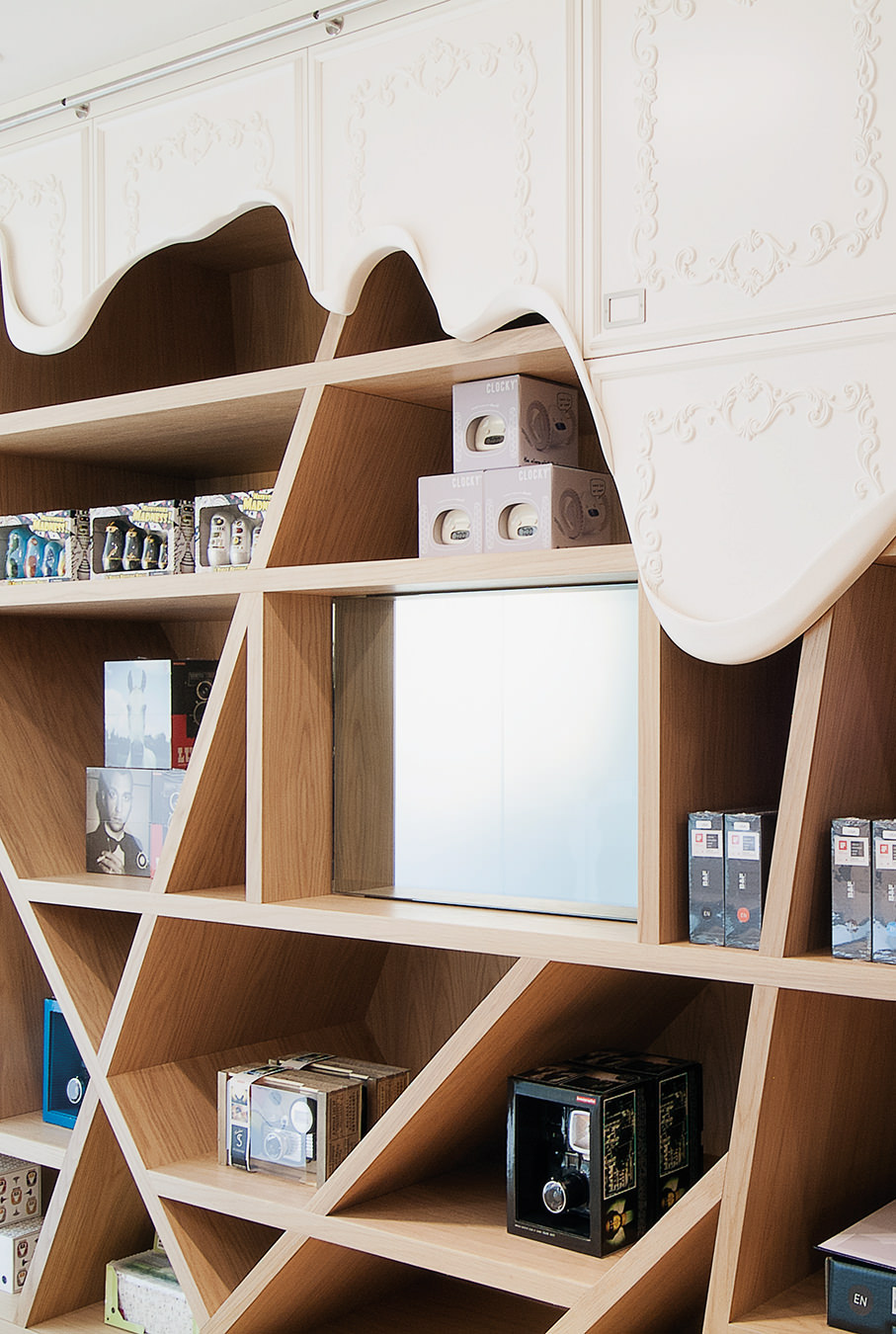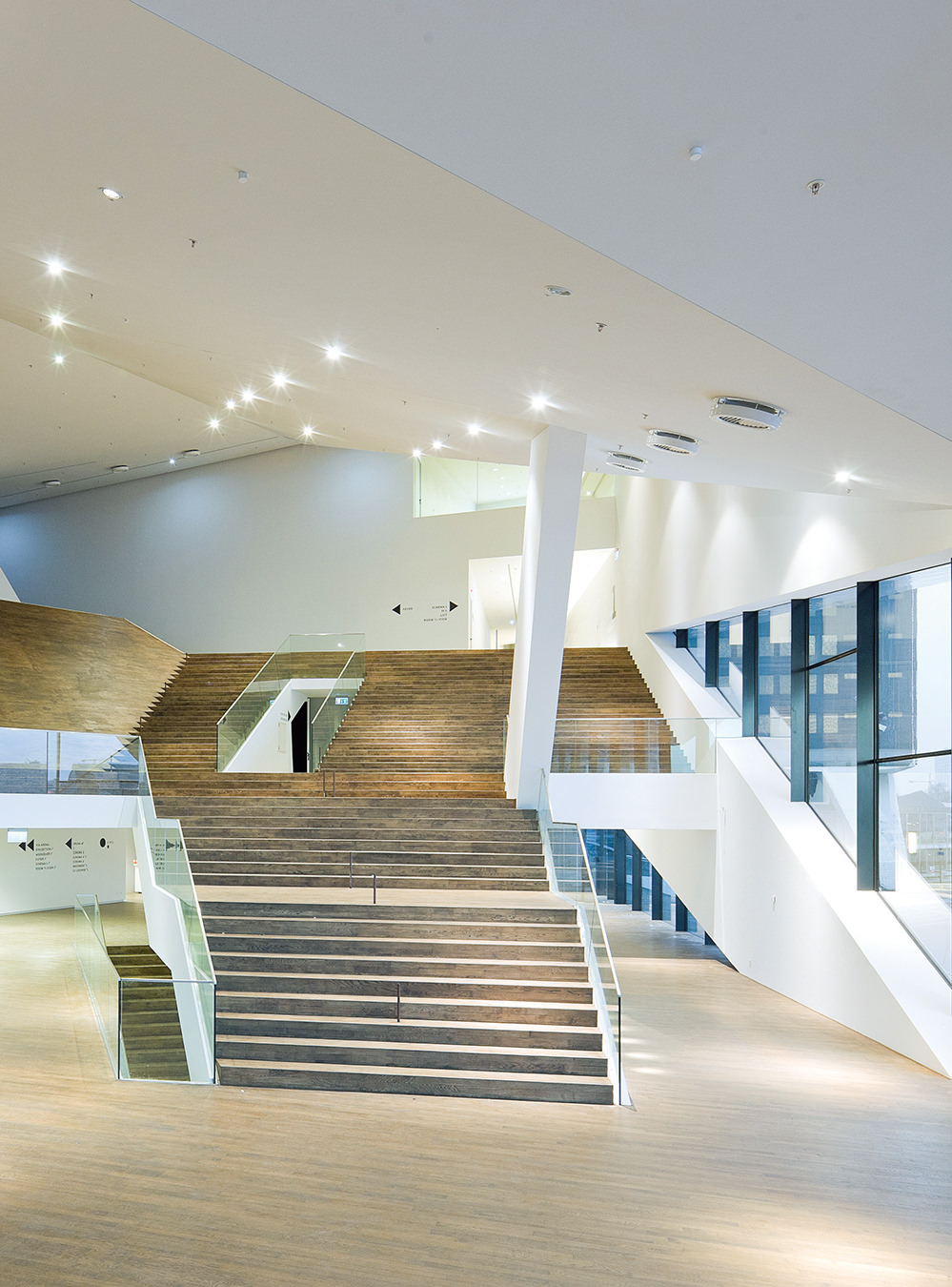The Art Show on Vancouver’s Mount Pleasant Furniture and Its Uncertain Future
Wonderfully old school.
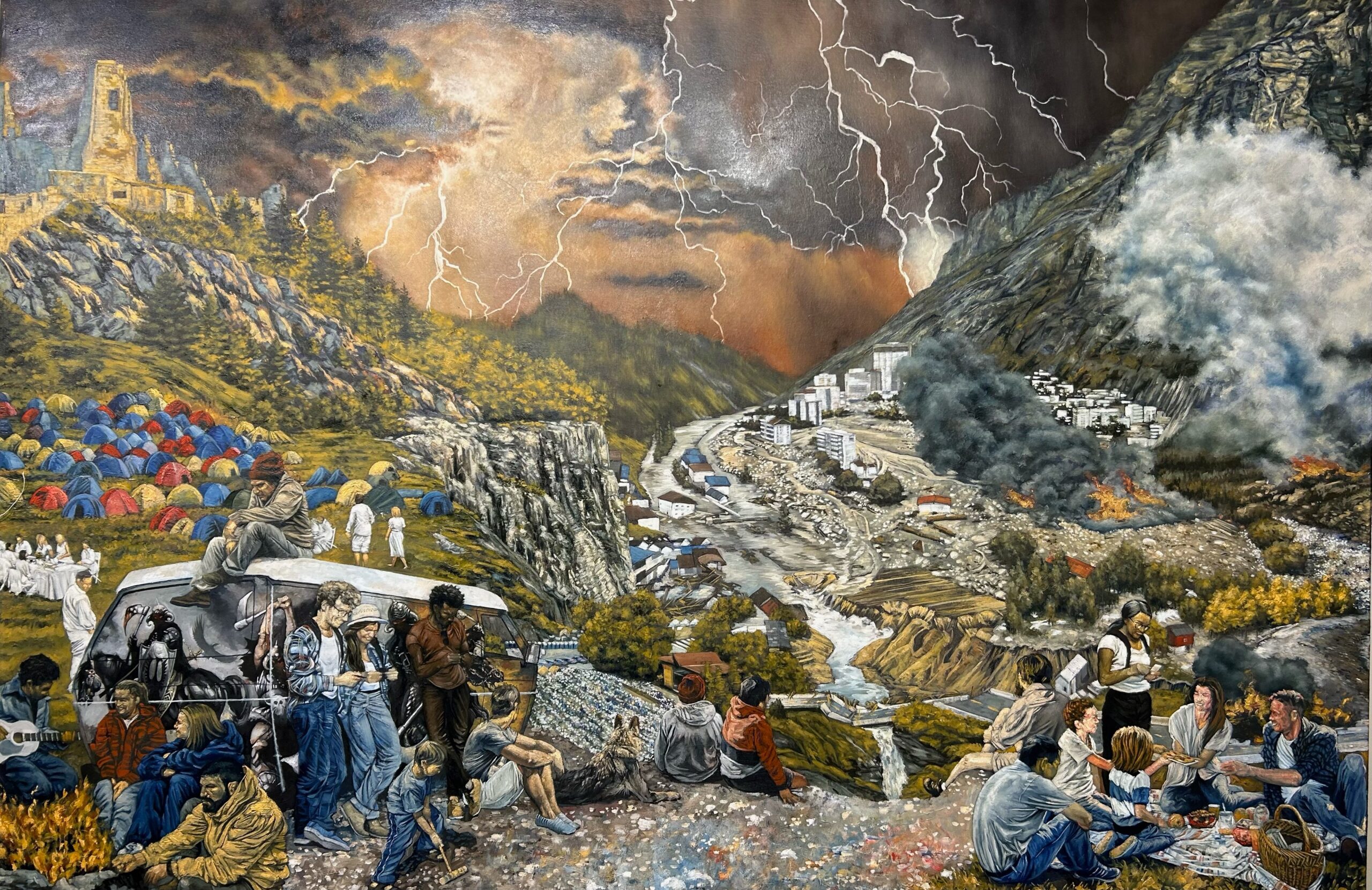
Artist Jay Senetchko
There are things accepted upon by people that make something look “real.” For film and television, it is especially important to hit these markers, given that on some level everybody watching a screen knows that they are watching a re-creation. So how do these filmmakers ensure that every cup, plate, golf club, or alarm clock is as accurate, and as realistic, as possible?
In Vancouver, for over 40 years, prop masters and set dressers have turned to Mount Pleasant Furniture, a one-stop shop for productions as diverse as sci-fi, westerns, period dramas, and everything in between. Spread over two huge buildings in Mount Pleasant, the collection is almost inconceivably large. Standing in the elevated walkways above the storage racks puts one in mind of the ending of the first Indiana Jones, as the camera pans out on rows and rows of mysterious artifacts. On a tour with owner Leslie Madsen, who started the business as an antiques dealer, it can be hard to focus on any one object, as what feels like an endless number of pieces reveal themselves in every corner of the space.
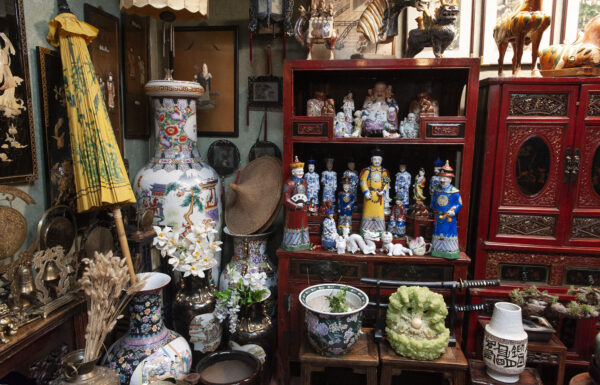

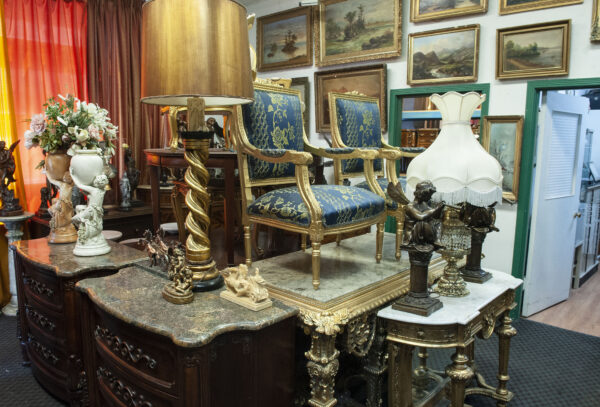
This summer, Griffin Art Projects has been let loose in this collection for its show The Prop House: A Collection of One Million Objects. Co-curated by Paul Wong and Lisa Baldissera, the exhibition is giving six Vancouver-based artists—Cathy Busby, Germaine Koh, Jason Payne, Jay Senetchko, Charlene Vickers, Parvin Peivandi, and Bagua Artist Association (as well as Wong and Baldissera themselves)—the opportunity to respond to objects from the vast collection. The artworks range from paintings to sculptures, all inspired by objects found in the warehouses. Simultaneously, an installation has been created in MPF’s window on East Fourth Avenue, and a film showing the collection is being shown on the Mount Pleasant Community Art Screen.
According to Wong, the process of selection had its own challenges, given the scale of the collection. But, he says, “when you actually start to look, when you get past the overwhelming amount, you’d go into how some of the collections have been organized by geography or pieces. It becomes kind of limited sometimes.… It becomes less overwhelming.”
With such a diverse array of objects, it is easy to start making connections to your own life when walking through the rooms. Objects that may remind you of a certain person or place pop up repeatedly. This was the case for the artists too. Wong notes that Charlene Vickers was reminded of a kitchen cabinet that her mother and grandmother had both owned. After a trip to the warehouse, she was able to locate a similar one.
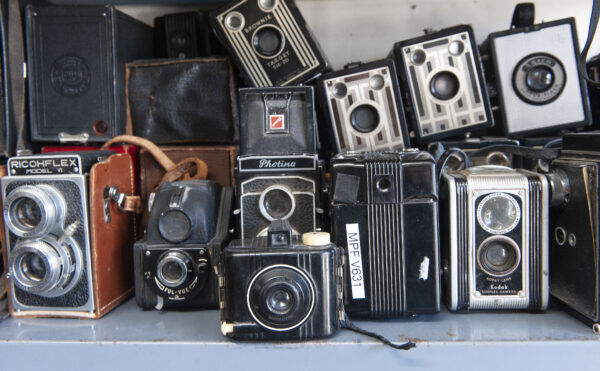
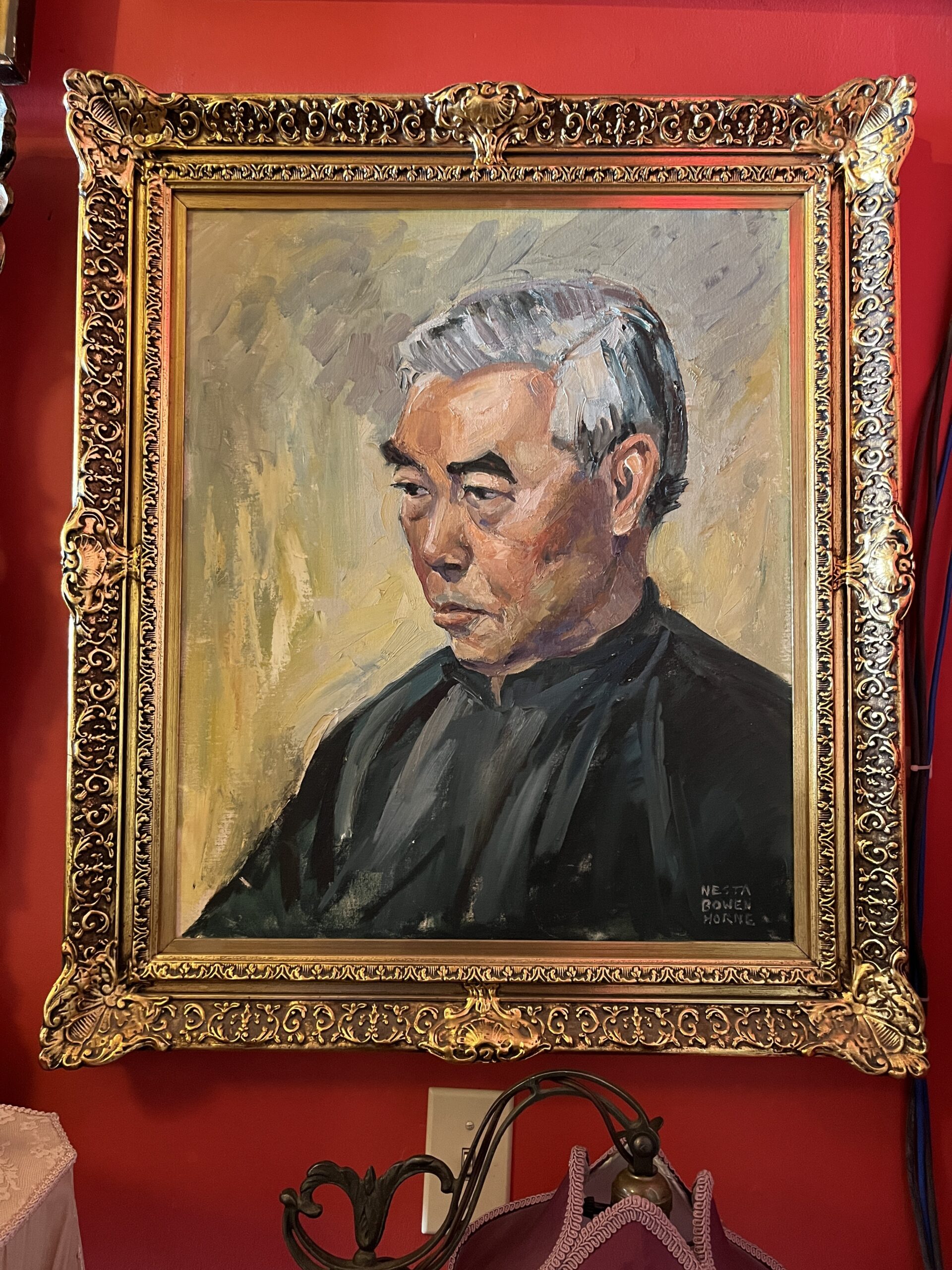
Artist Cathy Busby
This exemplifies what makes MPF such a valuable resource. With a collection that large, customers, and in this case artists, are highly likely to find what they need, and with the thematic arrangement of the collection, one discovery will most likely lead to another.
The reason for the art show, which is in effect a celebration of the massive collection, is one typical in Vancouver and cities across North America: rezoning and redevelopment. The light industrial area that the warehouse sits in has become, as the city has grown, too desirable. The area will not become affordable housing that the city desperately needs. Rather, it has been rezoned as a “comprehensive development” similar to the ongoing construction at Oakridge Mall.

When the collection is eventually moved out of its current space, consensus is that it will be rehoused in a larger, more modern facility outside the city centre. Objects that sat on stairwells or inside rooms of the old space will be reorganized, labelled, categorized, and stored on great sliding shelves, a reference library made up of millions of the artifacts of humanity. It will no longer be, as Wong says, “wonderfully old school.” The contents will be the same, but the presentation and interactions will be wholly different, removed from the organic experience of discovery in the original building. And as the artifacts are wrapped up and shipped out of the front door on East Fourth Avenue, it is hard not to think that a little part of the neighbourhood will be disappearing as well.
Just as the objects from Mount Pleasant Furniture give filmmakers the tools to create a simulation of the real world, so these new property developments simulate the modern city, evoking what was once there while simultaneously losing the very places, people, and things that originally made it an attractive place to be. With The Prop House, these artists are highlighting the objects and the collection in the unique way they exist now, before the move.
Photography by Jason Payne.

